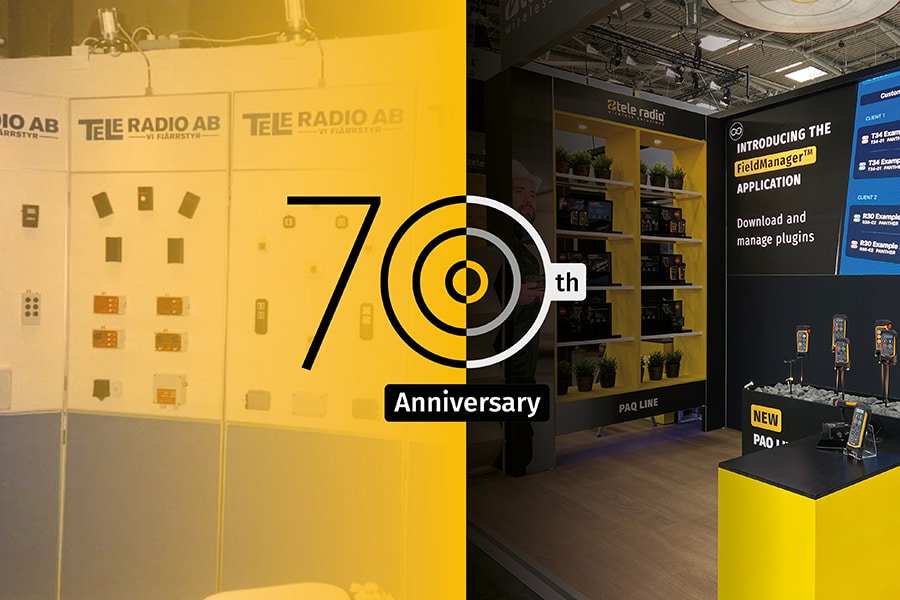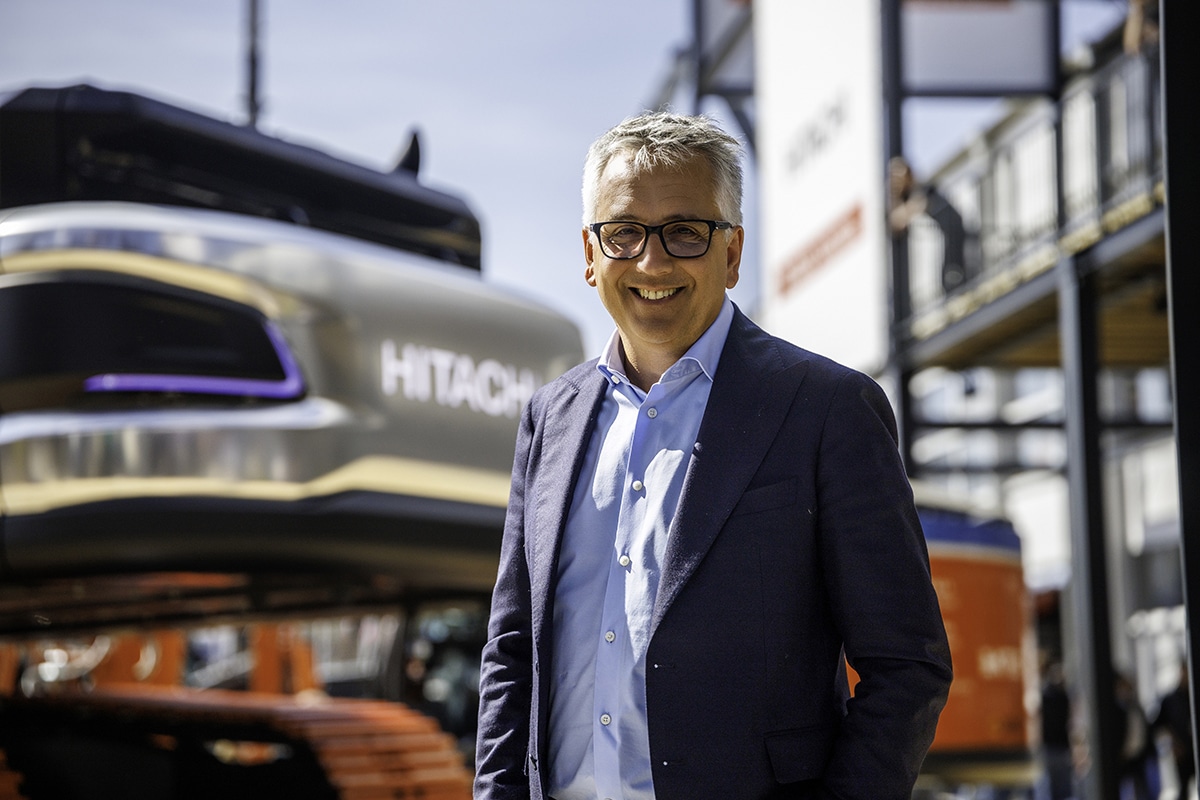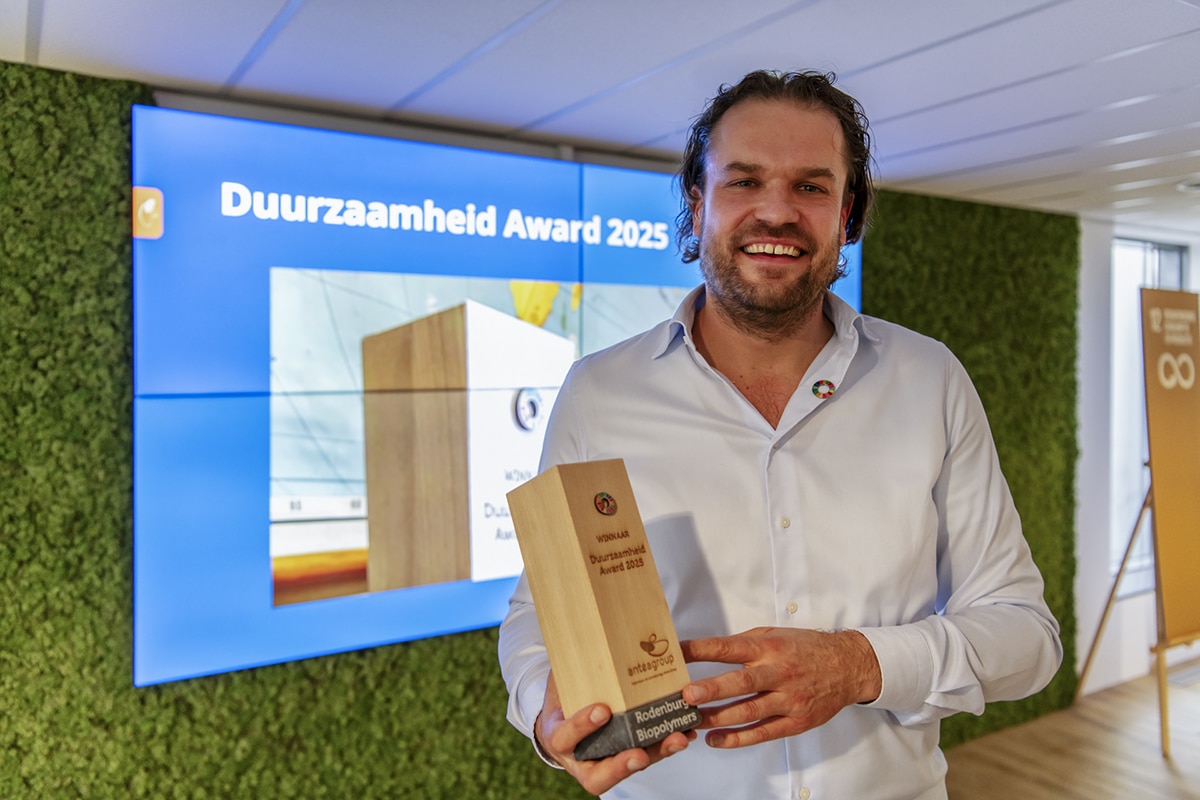
Craftsmanship ensures smooth opening and closing of bridges
We are so used to the fact that everything that needs to move rolls and glides smoothly, that we don't stop to think that this is not a given. Bearings in a car? You're mostly aware of that when they're broken. Yet the technical world around us literally runs thanks to bearings. Those in a car you can just hold in your hand. The bearings that will soon make and keep the steel bridges of the New Lock in Terneuzen movable, weighing 1,365 kg each, are something else entirely.
The SKF bearings will be supplied by ERIKS Netherlands and SKF will perform the assembly work. We speak with Lei Dieteren, business unit manager rotating equipment at Eriks and with Wim Nieborg, business manager engineering projects at SKF, as well as Jeroen Vroom, segment development manager marine Benelux, also at SKF.
Expertise in rotation
Dieteren opens the talk, "In addition to a wide range of high-quality mechanical engineering components, we also provide technical and logistics services to all industries. Eriks is an official distributor of SKF bearings." Nieborg adds, "SKF's expertise is based on the development, design and production of bearings, seals and lubrication systems. Two years ago we became involved with the Nieuwe Sluis Terneuzen, to help think about a concept to provide the large pivot points of the bridges with the correct bearings."
Eriks and SKF held talks with the Chinese manufacturer of the steel bridges, the same manufacturer responsible for producing the lock doors. "We discussed in detail what the bearings should look like technically. The conclusion was that the bearings should have an inner diameter of 850 mm, for an outer diameter of 1000 mm. Now, after two years, we can start work. When the bridges arrive, they are first stored so that the bearings can be assembled," Nieborg explains. "Then the bridges will be installed with bearings and all." Eriks BV Netherlands works on a regular basis with DEME, one of the combiners in contractor combination Sassevaart. Dieteren: "We, as the supplier of the bearings, have the contract with the contractor, SKF, as the manufacturer of the bearings, provides support throughout the process and has been at the table from the engineering phase onwards. Eriks and SKF combined means enormous expertise in rotation."

'You sell reliability'
Vroom says there are a total of eight bearings, four per bridge. "The bearings are mounted on the shaft journals, with a bearing housing around them. The total weight of a bridge with bearings is too great to hoist into the bascule basement, which is why we choose jacking instead of hoisting." Nieborg adds: "Definitely not 'business as usual.' This kind of work is always a challenge. In fact, you sell the reliability of the rotation. After all, the whole rotary mechanism has to last an extremely long time and function under tough conditions."
In terms of precision, things are not done overnight: 3D laser measurements are performed by colleagues at SKF Marine on all parts on which the bearings are mounted. "This is not limited to the shaft journals, which are tapered and must be checked for thickness, position, position and surface, but also the alignment relative to each other. Even the bearing housing points in the bascule basement in the foundation are measured."
Custom lubrication
SKF's expertise goes so far that even the grease required for lubrication is custom formulated for this job. Vroom explains: "The 'customised seals' for these bridges go hand in hand with specially formulated grease to ensure optimum operation. That too is SKF. All elements that belong to the engineering of this project come from our own kitchen."
Dieteren, Nieborg and Vroom are satisfied with the triangular relationship between contractor combination Sassevaart, Eriks and SKF, describing it as transparent. "That's just as well, because we have to deliver very precise work. The slightest deviation from the pivot points can have major consequences further down the line. From foundation to overlay strip, it's millimeter work. Imagine the play of forces when the bridge is open. The bridge rises 86 meters into the air and can withstand wind force 8 in that position. Imagine the load the bearings have to endure then ... Then you understand why the quality and size of the bearings are so important." Dieteren concludes by saying, "You don't immediately think of bearings when you think of a bridge. The contrast between the size of the entire structure and the precision with which the rotating parts must operate is enormous. That's where the technical challenges are for ERIKS."



